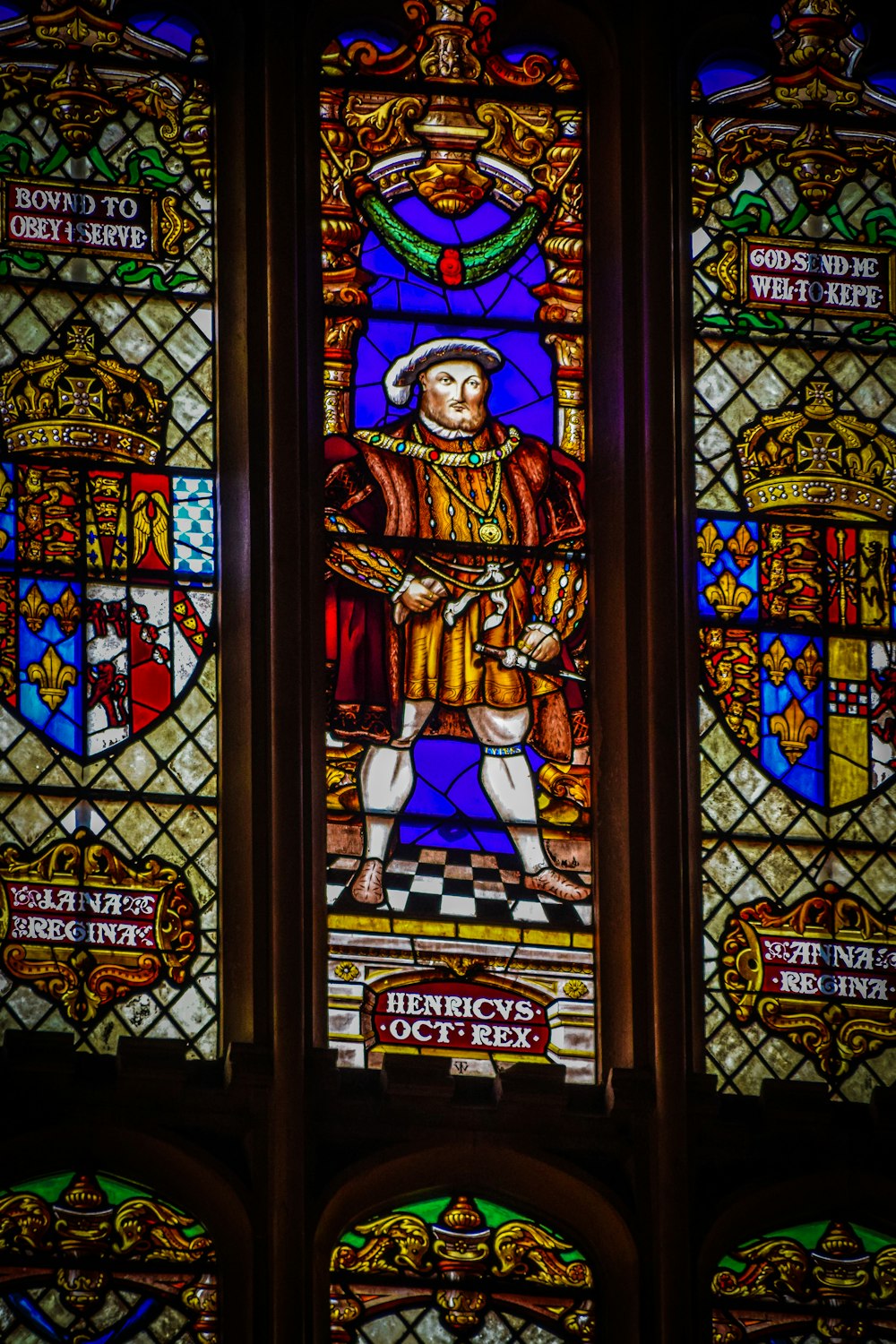We are delighted to share with you our library of resources. You can use the filter feature below to find topics most relevant to your curriculum.
Want to organise the resources you use most in one place? Register as a user to add content to your own Boards.
The English Reformation
How did Henry VIII's personal life affect the Church in the 16th century?
 When Henry III came became king of England in 1217, there were around 680 monasteries in the country, and they owned about a fifth of the country's wealth. There were also 'chantries' - small chapels where Priests were paid to say masses and pray for people who had died. Medieval chantry chapels can still be seen in the Cathedrals.
When Henry III came became king of England in 1217, there were around 680 monasteries in the country, and they owned about a fifth of the country's wealth. There were also 'chantries' - small chapels where Priests were paid to say masses and pray for people who had died. Medieval chantry chapels can still be seen in the Cathedrals.
The Church became very rich and very powerful. In 1536 there were over 800 monasteries, nunneries and friaries in England and Wales. In just a short period of 4 years, by 1540, there were none.
So what happened?

In 1534 King Henry VIII had a big problem, which caused massive changes that happened in the Church at the time. Up until this point, the Roman Catholic Church was the leading religion, with the Pope at the head of it. Everyone, even kings, had to obey the Pope.
Henry, wanted to divorce his wife, Catherine of Aragon because she hadn't given him the son he needed, one who would be king after him. He wanted to take another wife who would give him a son. But the Pope wouldn't allow him to divorce Catherine. So, this is why huge changes happened within the church in England.
In order to get his divorce, he needed approval from the head of the church, but the current head of the church - the Pope - wouldn't permit it.
The solution? He made himself the head of the Church of England. He only needed to ask himself for a divorce.
Genius!
As a result, the changes in the Church across England were huge.
THE DISSOLUTION OF THE MONASTERIES
All monks and nuns were made to swear an oath accepting the King as their new leader. Most did, but those that refused were hung, drawn, and quartered - a slow and painful way to die. In 1535 the King's chief minister, Thomas Cromwell, ordered a valuation of all church property. After this, each monastery was visited to find out if the monks and nuns were living as they should.
The reports said that there were wrong things happening in many places. This was the excuse the king wanted to shut them down and take their land and money. In 1536 he started to close all the monasteries, starting with the smallest. The last to go was Waltham Abbey in Essex which closed on 23rd March 1540.
The monks and nuns were each given a small pension to live on. Some monks became parish priests, while many nuns married and lived normal lives. An abbot or abbess was given a house and a bigger pension.
Cromwell became very rich, but he did not live to enjoy it. He upset the king and was executed in 1540. In 1539 almost all the monasteries in England and Wales had been closed.

In 1535 the King's agents had inspected Glastonbury Abbey in Somerset but had found everything well run - there was no excuse to force it to close. They also found the Abbey was very rich and reported seeing 'a house so great, so goodly and so princely that we have not seen the like.'
Abbot Whiting was a frail, 80-year-old, but he refused to surrender the monastery to the King. It was decided to make an example of him. Abbot Whiting was accused of treason, dragged around the town and up Glastonbury Tor. There he was beheaded, along with two other monks. Whiting's body was quartered - chopped into four pieces, and each piece was hung up in a neighbouring town, while his head was hung over the Abbey gates.
Glastonbury Abbey was emptied and torn down. The stones were used in other buildings. When you travel around the country today, you can still see evidence of the dissolution of the monasteries with many abbey ruins scattered across the land.
